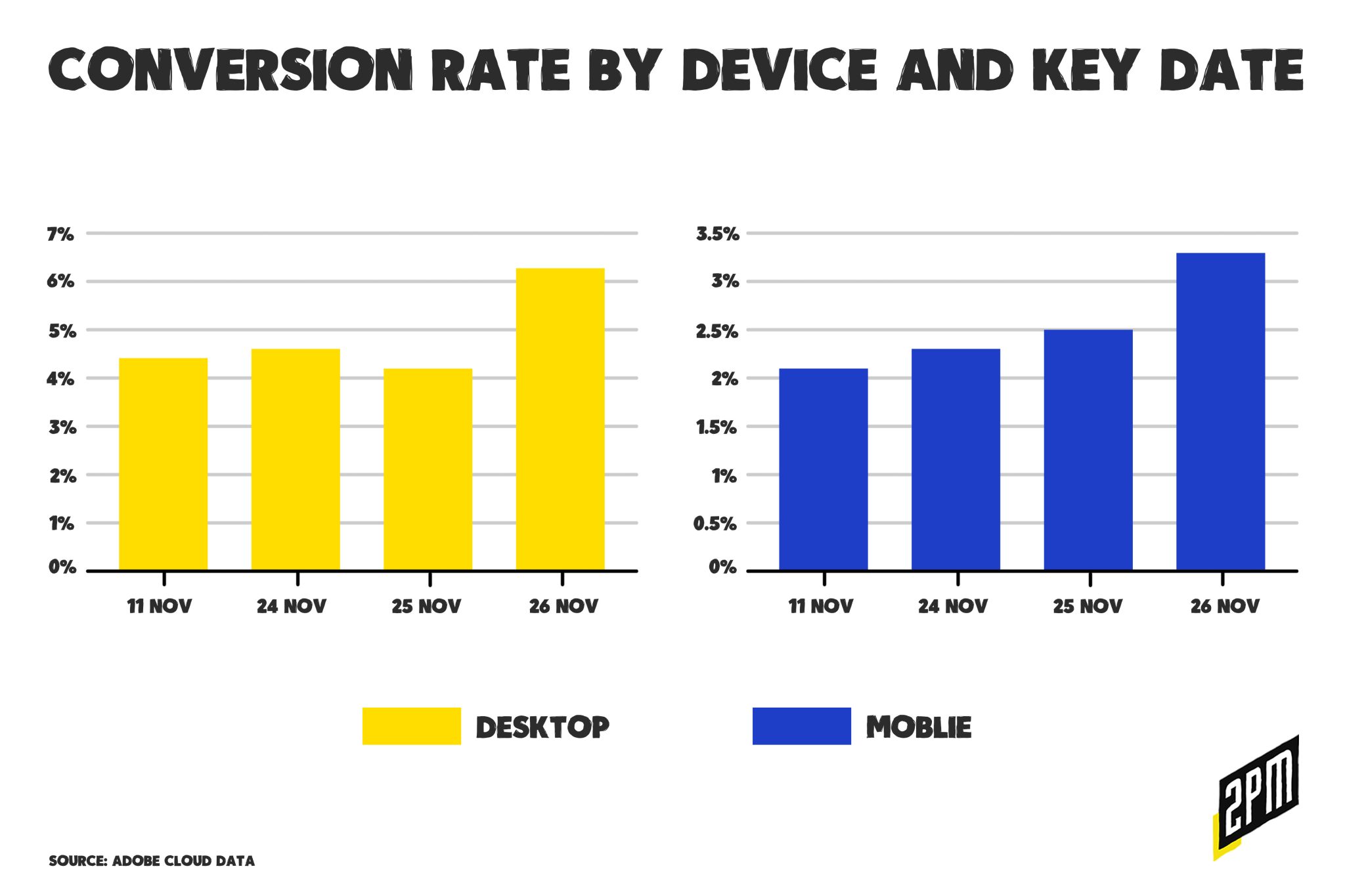
Updated. The writing was on the wall when holiday decorations hit sales floors in October. Thanks to persisting supply chain concerns, the holiday season began earlier than ever, which is impacting the bellwether statistics that retail industrialists rely on for forecasted investments. For the first time in history, online retail saw a reversal in year-over-year growth trends. On November 26, online shoppers spent $100 million less than they did on Black Friday 2020. Total sales fell $8.9 billion compared to last year according to Adobe Analytics. Adobe’s Lead Analyst Vivek Pandya:
Shoppers are being strategic in their gift shopping, buying much earlier in the season and being flexible about when they shop to make sure they get the best deals.
By some, the downward trend has been characterized as a contraction in eCommerce spend, but it will be remembered as a confirmation of a much larger shift in pandemic-era retail. In July’s Digital Supply Chain, I wrote about one of the changes that we’d see this fall.
This Black Friday season will see a narrative around short supply of physical goods and an emphasis on brand retailers offering NFT-based products that appeal to their most enthused consumers. Nike will sell digital shoes, Balenciaga will sell avatars for your child’s favorite multi-player game, and legacy companies will emulate the brilliance of the Bored Ape Yacht Club whose NFT sales provide access to a real-life community.
There were other contributing factors to retail’s declining Black Friday performance, and they were not exclusive to online retail. According to CNBC’s Lauren Thomas, Black Friday shopping in stores fell 28.3% from 2019’s levels. And Thanksgiving Day visits were down 90.4% from 2019 levels according to Sensormatic. It should be no surprise that the culprit behind the “down year” is actually a number of factors. The Adobe data indicates an 124% increase in out-of-stock levels. Consumers starting earlier may have taken the sting out of the November shopping event. In October 2021, I explained in No Stock For Chrismukkah:
This means Black Friday will look different. In previous holiday seasons, pricing incentives were the sales hook. This year, retailers won’t need to offer flash sales or free shipping: availability is the hook. Plainly put, if a quality product is available to ship before the holiday season, it will likely be purchased. This is what Lowe’s is signaling with their premature focus on Christmas. If they waited until the normal beginning of holiday cheer, there may not be the stock to support the spike in demand.
It’s not for a lack of trying. According to a Gallup poll, Americans intend to spend record amounts for Christmas; product availability is the problem. This forecasted spend is actually higher than pre-pandemic levels and 2020.

The other problem may be no problem at all. With spend spread over a greater period of time, even with supply chain concerns persisting, this holiday season may still set a new record in gross merchandising volume (GMV) between October and December 24. According to Adobe’s data, shoppers spent $3 billion or more 22 times so far this holiday season. Last year by this date, the GMV exceeded $3 billion just five times. There’s also conversion rates to consider:

The Black Friday conversion rates across the Adobe Sales Cloud spiked to extraordinary averages across desktop and mobile devices on Black Friday – a sign that there may still be an unmet need that Cyber Monday and beyond will account for. An elongated holiday season, fewer deals, and a supply chain under pressure are all contributing factors to America’s first Black Friday without a sales record. According to Adobe Analytics, shoppers spent $10.7 billion on Cyber Monday. This falls to 1.4% less than 2020’s record breaking Cyber Monday spend. When you consider the stay-at-home conditions of 2020, this figure is more of an accomplishment than it may seem to analysts. CNBC reports that November spend (through Cyber Monday) in the United States is up 11.9%, totaling $109.8 billion online.
Additionally, out-of-stock messages increased 8% over the week, signifying the culmination of a tumultuous season for supply chain workers and the retailers that rely on them. These out-of-stock messages are up 169% vs. 2020 figures and 258% higher than 2019.
The reality of these figures is nuanced; it could mean that demand could remain pretty strong and this year’s remaining sales volume will average out to finish higher than previous Q4 sales figures. There’s also the small chance that we’re just more grateful for what we already have.
By 2PM
